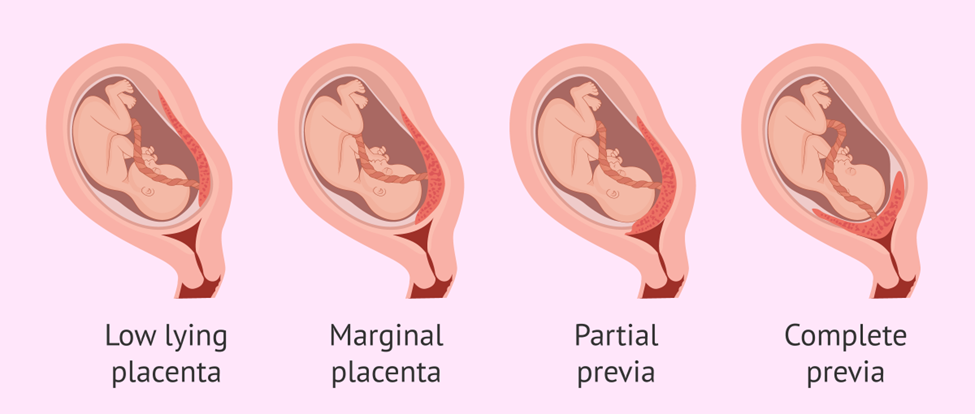A nurse is planning care for a client who has a sealed radiation implant and is to remain in the hospital for 1 week. Which of the following should the nurse include in the plan of care?
Limit each of the client's visitors to 1 hr per day.
Remove dirty linens from the room after double bagging.
Wear a dosimeter film badge while in the client's room.
Ensure family members remain at least 1 m (3.2 feet) from the client.
The Correct Answer is C
A. Limit each of the client's visitors to 1 hr per day. - This is not necessary specifically due to the presence of the radiation implant. Visitation restrictions should be based on hospital policy and
the client's condition, not solely on the presence of a radiation implant.
B. Remove dirty linens from the room after double bagging. - This is a standard infection control measure and is not specific to caring for a client with a radiation implant.
C. Wear a dosimeter film badge while in the client's room. - Healthcare workers who care for clients with sealed radiation implants should wear dosimeter film badges to monitor their radiation exposure levels.
D. Ensure family members remain at least 1 m (3.2 feet) from the client. - While limiting exposure to radiation is important, maintaining distance alone may not provide adequate
protection. Healthcare workers should follow appropriate safety precautions and use shielding as necessary when caring for clients with radiation implants.
Nursing Test Bank
Naxlex Comprehensive Predictor Exams
Related Questions
Correct Answer is C
Explanation
A. Rupturing the amniotic sac in the case of complete placenta previa can lead to significant bleeding and is contraindicated.
B. Pain medication may be administered if needed, but the priority is to address the placenta previa and potential complications.
C. Complete placenta previa at 36 weeks gestation with contractions and bleeding is a clear
indication for an emergency cesarean section to prevent maternal hemorrhage and fetal distress.
D. Performing a vaginal exam can increase the risk of bleeding and should be avoided in cases of placenta previa.

Correct Answer is A
Explanation
A.
A. Changing clothes after working in the field helps prevent pesticide residue from being transferred to other surfaces and reduces the risk of exposure to pesticides.
B. Applying petroleum jelly to the nostrils is not an effective method for minimizing exposure to pesticides and may not provide significant protection.
C. Wiping fruits and vegetables with a dry cloth may remove some surface dirt but is unlikely to effectively remove pesticide residues, especially if they have been absorbed into the produce.
D. Taking a hot shower after finishing work may help remove pesticide residues from the skin but does not address the potential for exposure from contaminated clothing or other surfaces.
Whether you are a student looking to ace your exams or a practicing nurse seeking to enhance your expertise , our nursing education contents will empower you with the confidence and competence to make a difference in the lives of patients and become a respected leader in the healthcare field.
Visit Naxlex, invest in your future and unlock endless possibilities with our unparalleled nursing education contents today
Report Wrong Answer on the Current Question
Do you disagree with the answer? If yes, what is your expected answer? Explain.
Kindly be descriptive with the issue you are facing.
